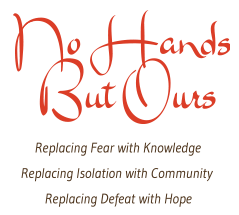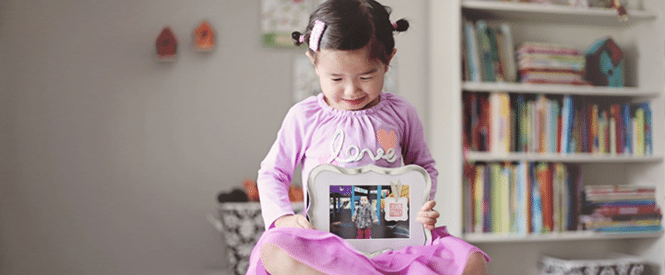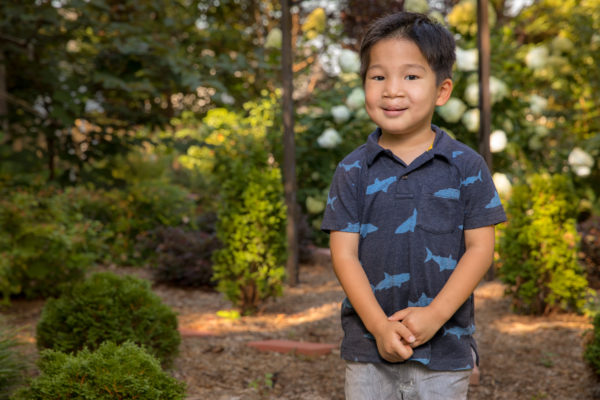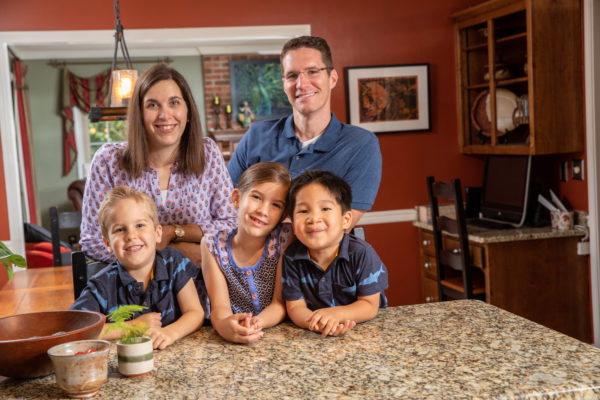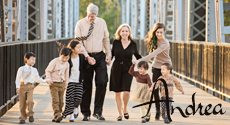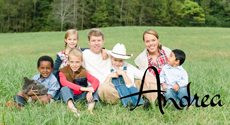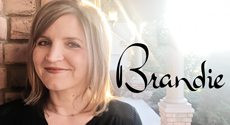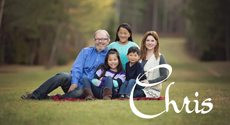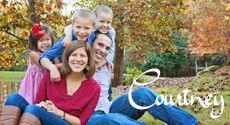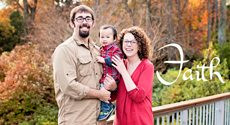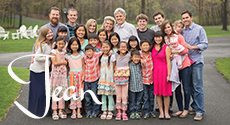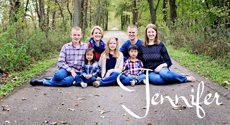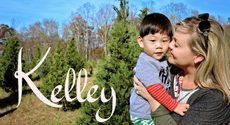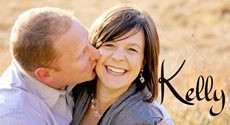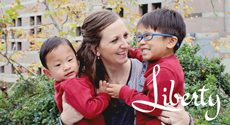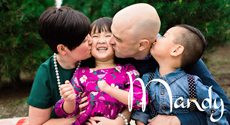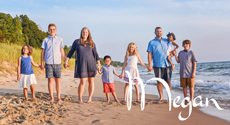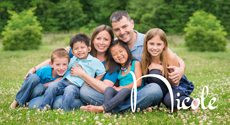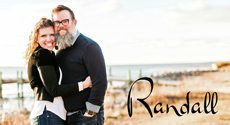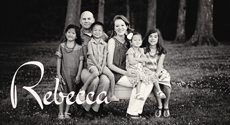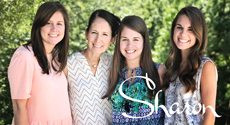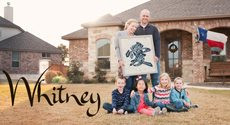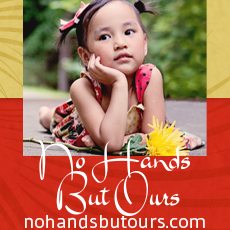Life is full of things we thought we could never handle… until we have to.
As we considered growing our family via adoption, one thing we thought we “couldn’t handle” was a child with limited mobility. We already had three very active children. We love to hike, bike, go to the beach or spend a day exploring the city. We did not want that to change.
Thankfully, though, we chose to approach adoption with an attitude of complete submission.
We wanted God to write our story, not us.
This meant making our choice of gender, age and special needs as broad as possible. But we still had our ideas of what we thought we could handle. We also asked God to make it abundantly clear who the child was that would complete our family.
Once our dossier was off to China and we were waiting on a match from our agency, it occurred to me that the medical needs we had dealt with the most with our older three children were orthopedic. All three of our children have broken both arms, some of them multiple times. We have also had one broken finger, one broken leg and one broken foot. And, yes, our children drink a lot of milk! We could definitely handle an orthopedic need.
When our agency finally sent us a match, my heart sunk almost immediately. Something about the little girl’s file and medical needs did not seem right for our family. While doing some research online about this little girl, I managed to find the NGO where she was receiving care. As I looked through their website, I saw a little boy who caught my attention. I let our agency know we did not believe the file they had sent us was our child, but we would like to know more about the little boy we had seen.
For about two weeks, we waited while our agency worked to get the file of this little boy. In the meantime, our family reunited with some old friends who had moved away. We shared with them that we were waiting to hear about the possibility of being matched with this little boy. I mentioned the name of the NGO that was caring for him and my friend, Kim, said she had a friend who had just returned from volunteering for a year in China at this particular NGO. She was going to reach out to her and see if she was right.
What were the chances?!?
The next week, we received his file. All of the medical information was over two years old and he was now 4.5 years old. We learned he was born with bilateral club feet and bilateral webbed elbows. From information on the NGO’s website, we learned that his clubfeet were corrected under their care at the age of three and he was now walking.
Around the same time, we also learned from Kim that indeed her friend had worked at the NGO and knew this little boy quite well. We were able to connect with her and learned a lot about him. We learned he was an incredibly smart, determined and friendly child. Nothing about his physical disabilities seemed to slow him down and, if anything, it heightened his ability to focus and learn.
In her words, “You should run to get him!”
That was all we needed to hear.
Once we received LOA, I began to do some more digging into what might be the cause of his being born with two major bilateral orthopedic needs. I googled “born with bilateral club feet and webbed elbows” and began to read about some scary stuff. Even as I read some scary diagnosis, I was reminded that God had used our friend as well as his orthopedic medical needs to make it abundantly clear that he was our child.
Thanks to the NGO providing his care, we were able to get more detailed photos of his hands, feet and other features. And through my online research, I narrowed the cause of his special needs down to a rare genetic disorder called Nail-Patella Syndrome. But only genetic testing once he was home could confirm this.
Nail-Patella Syndrome has two distinct features and many others that can occur. The main two features are missing or malformed fingernails and missing or malformed kneecaps. From photos, I was able to gather that our son had malformed fingernails and missing kneecaps. There were also two other major issues that can develop with this syndrome: one relating to the eyes (glaucoma) and one relating to the kidneys. Again, this all sounded pretty scary, but we moved forward with confidence that this little boy was our son.
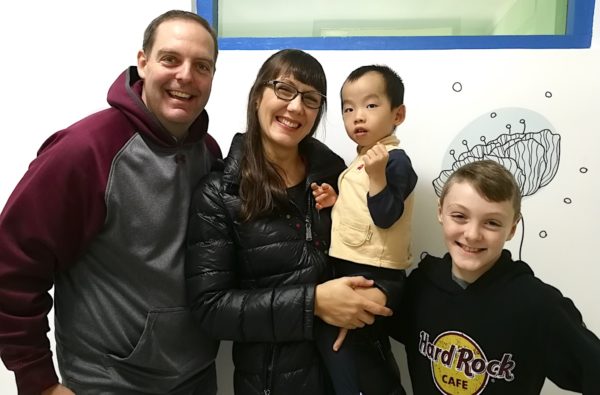
On Friday, November 9, 2018, we met our son in person for the first time at the NGO in Beijing. He was so much smaller than we ever could have imagined (also a part of Nail-Patella Syndrome) and so much smarter and braver than we ever could have imagined, too.
We were able to spend two days getting to know him and letting him get used to the idea of us at the NGO before we all traveled to his home province on Sunday for Family Day. On November 12th, Meng Bei became our Henry Bei (still affectionately known as “Bei Bei”).
Our time in China with him was a dream come true. We fell in love with our son and his birth country and look forward to returning someday.
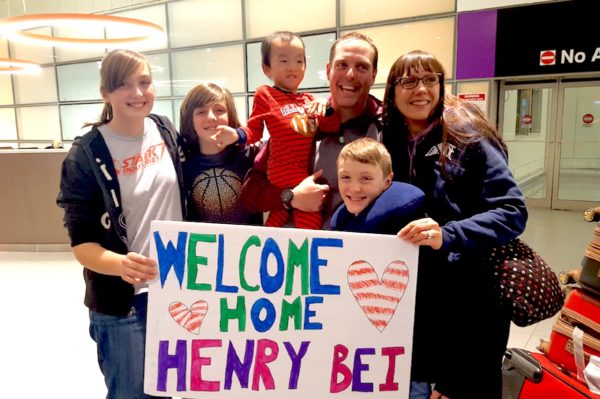
His first six months home have been full of some of the hardest and most beautiful moments for our family. He has attached beautifully to each of us. As usual, Baba is the fun guy who everyone runs to the door to greet when he comes home in the evening. Mommy is a must when comfort and cuddles are needed. Jie Jie (big sister) is a great substitute “mom” when mommy needs a break. Our “middle child” Ge Ge is good for a toss on the couch or a tickle fest. Our youngest Ge Ge is the best big brother we could have ever hoped for. And, our Bei Bei makes us smile just by walking in the room and guarantees we will get a lot of attention wherever we go from now on.
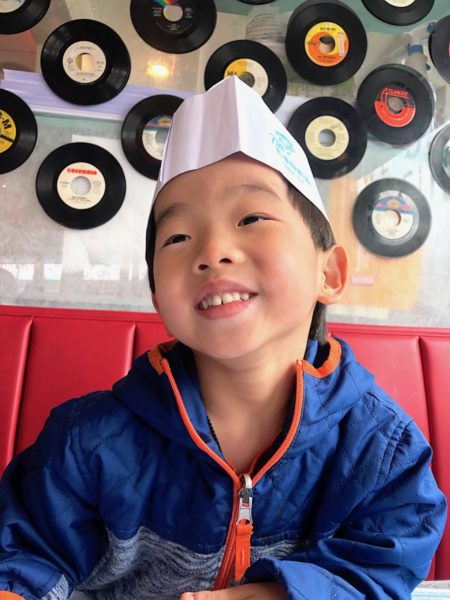
The past six months have also been full of a lot of doctor appointments. We were able to confirm the Nail-Patella Syndrome through genetic testing. We have a team of specialists at Boston Children’s Hospital that includes a geneticist, two orthopedists (one for arms, one for legs), an ophthalmologist and a nephrologist. We also have weekly PT, OT and speech therapy (for feeding). We have begun preparing for school next year with meetings regarding his 504 plan for accommodations due to his medical condition.
As you might remember our thoughts on not being able to handle a child with limited mobility, we are learning to make adjustments. While Bei Bei can walk, he doesn’t go anywhere very quickly. While he can be carried for hiking and ride along on a bike for now, accommodations will be needed in the future. Exploring the city pretty much consists of navigating traffic in and out for doctor appointments right now.
As he grows and ages, the chances of limited mobility go up dramatically due to the lack of knee caps and nothing to stabilize bones, muscles and tendons. Our prayer is with good medical care including lots of PT, he will be able to walk unassisted and without pain for as long as possible. We also pray for stability in his vision and kidney function.
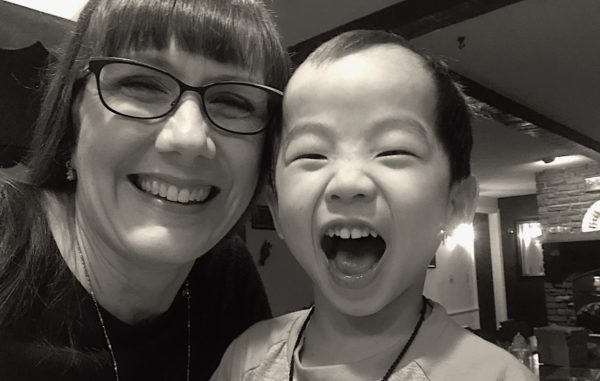
Bei Bei is the most wonderful reminder that when we give over control and let God write our story, He will write a story that is bigger and more beautiful than we ever could have imagined.
I’m so glad we didn’t look at Bei’s medical condition as that thing we couldn’t handle. Instead, we looked at the almost unbelievable story God was writing as He weaved our lives together and added the missing piece to our family.
– guest post by Amy: facebook || email

